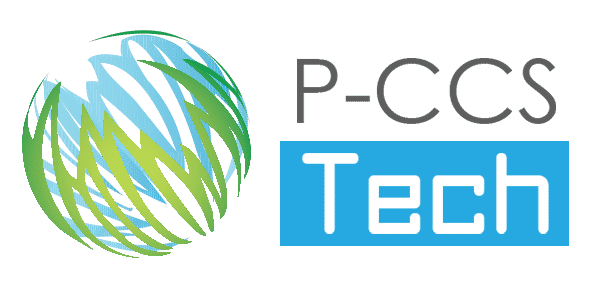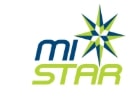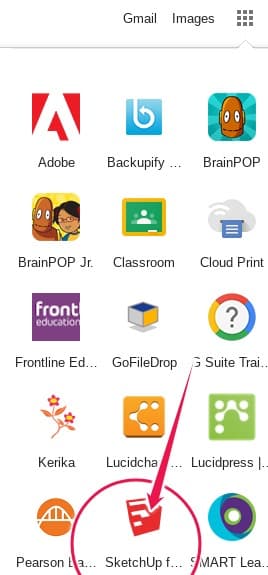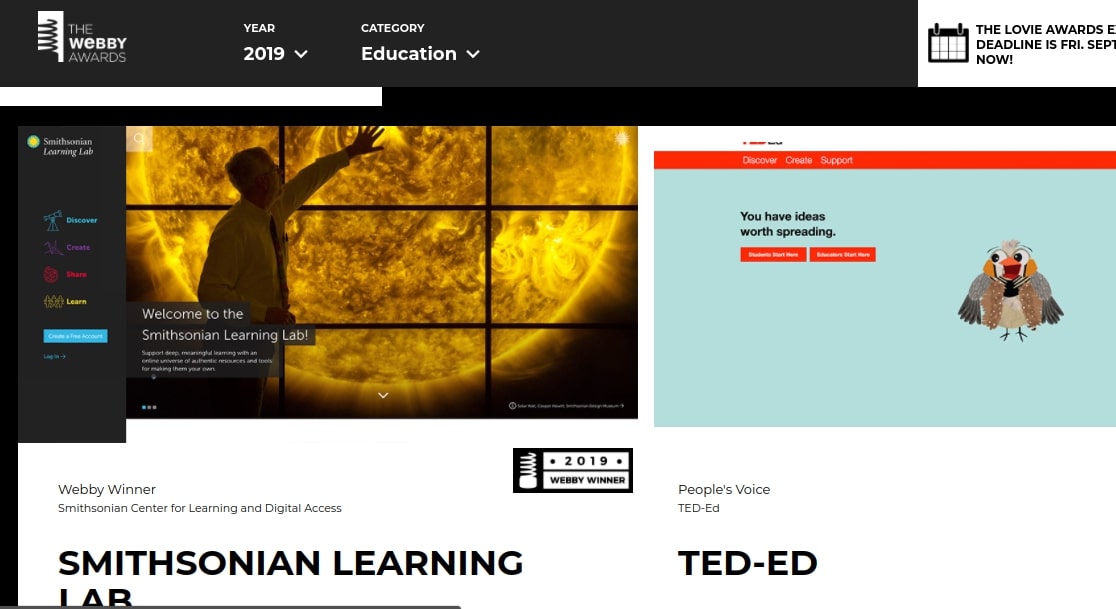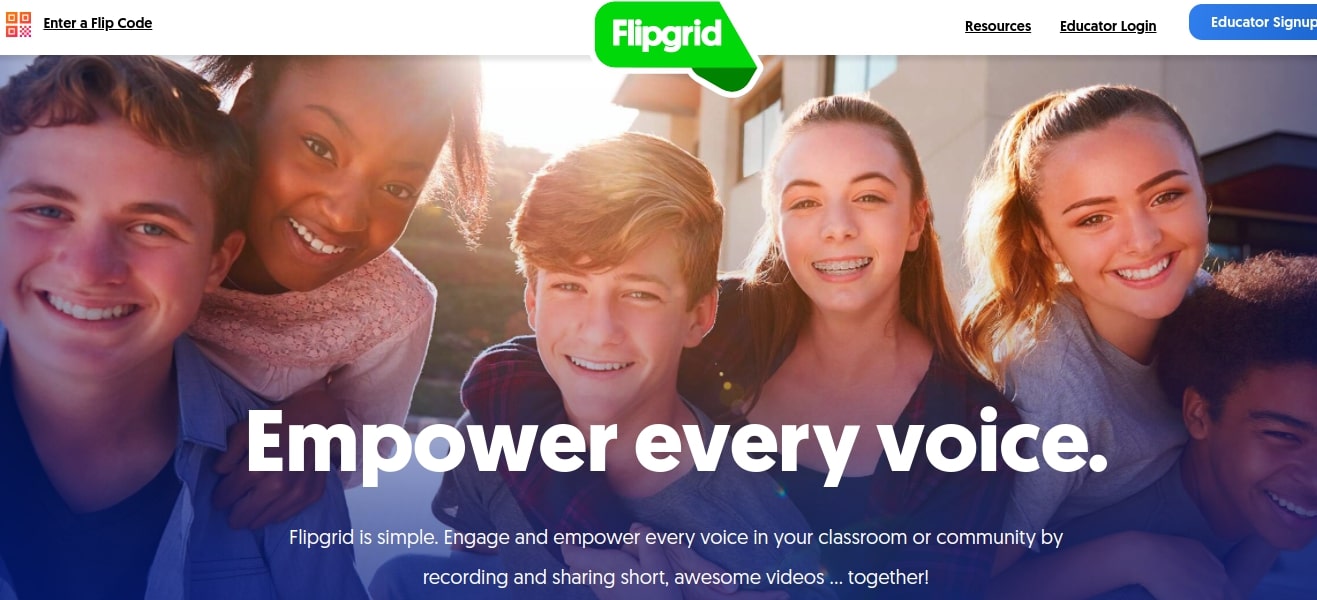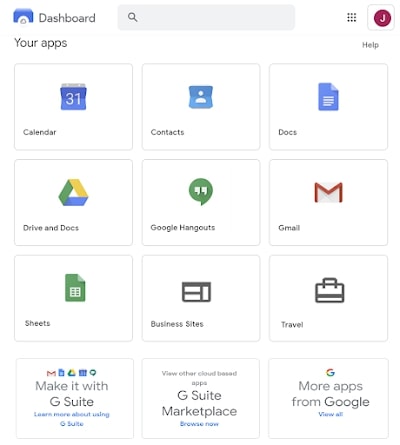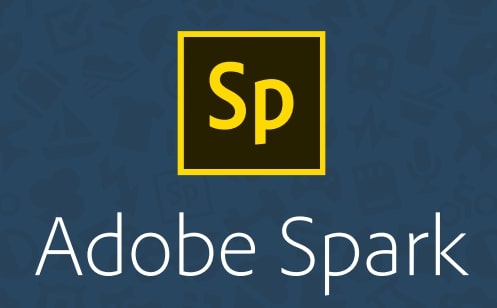Please consider visiting https://tech.pccsk12.com/blog/ to skim postings of updates we’ve shared over the last couple of months!
Some WR-scheduled professional learning opportunities
Wayne RESA has shared a flyer listing some learning opportunities they have scheduled in the coming months focused on EdTech In the Classroom. Please note, two of their twelve opportunities — the Google CS First and the Code.org CS Fundamentals sessions — are designed for users who are already implementing elements of these programs in their classrooms and are looking to take a deep dive into the content/curriculum.
EdTech In the Classroom
MISTAR Q Version 3.7.0.1 is Here!
Over this past weekend, the MISTAR Consortium implemented version 3.7.0.1 of MISTAR-Q. This version includes free NEW MOBILE apps for both PARENTS and STUDENTS allowing them to access their portals from Android and iOS devices as well as various improvements and bug fixes. To read an overview click here.
Mobile App Installation Instructions
To connect to our school district, there is now a FREE mobile application for smart phones or tablets.
It is quick and easy to get started!
On the device, connect to the Android Play store or the iOS App Store.
Look for the Q Parent Connection app, or Q Student Connection icon, like the icons below:
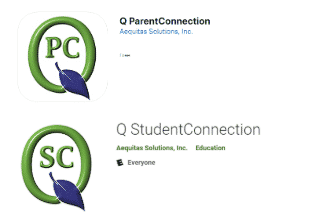
Links:
Install / Open the app.
Select the “Connect to school district” option. Use the filter to select the state, county and school district.
Click the “Enter Parent Connection” button OR “Enter Student Connection” button.
On the top right corner of the app, click the “Log in” button.
Enter the Parent Portal PIN and password. These are the same PIN and passwords used on a desktop computer. For Student Connection, use the same credentials as on a desktop too.
New fonts intended to help improve reading speed now available in Google Docs, Sheets, and Slides
The Google Fonts team has teamed up with Thomas Jockin to create a series of fonts that are aimed at improving reading speed. To learn more about the research behind this initiative, see here for more details.
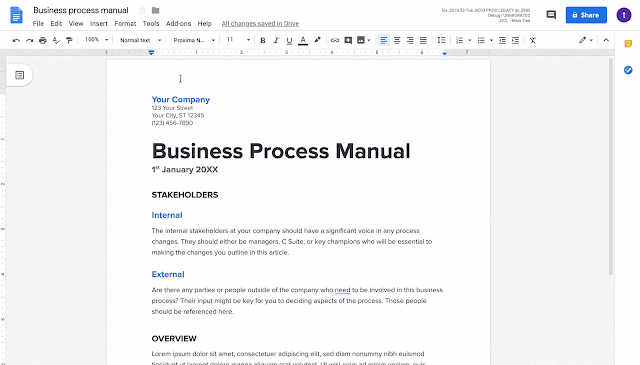
These fonts take into account typographical factors, such as size and spacing, that the font developers hope will improve reading speed. This can be particularly helpful for educators who want to leverage new tools that can improve reading among their students, especially those who are sensitive to visual crowding.
Google now offers eight different Lexend font families that have varied widths and spacing, so users can choose the font style that’s best for their reading speed.
To access these fonts in Google Docs, Sheets, or Slides:
- From the Font menu in the toolbar, select “More fonts”.
- Then, search for Lexend and select the fonts to add them to your saved fonts. These will now appear in the “My fonts” list and in the Font menu in the toolbar.
PBS EdCamp: Early Childhood Teacher Summit
A PBS sponsored EdCamp Teacher Summit is taking place SATURDAY, August 17 from 9:30 am-3 pm on the Oakland Schools Main Campus. This event is FREE to educators working with children ages 2-8 years. Click here to learn more and register.
Watch highlights from their last EdCamp.
SketchUp for Schools enabled for students via their Google account
A couple of educational sites to check out
This year’s top Webby Awards in the category of Education went to Smithsonian Learning Lab and Ted-Ed. If you haven’t visited those sites in a while (or ever), we urge you to check ’em out.
Every year for the last 23 years (since 1996), the Webby Awards have been an award of high distinction for websites in many categories. Their awards gallery and archive is also worth exploring.
Background: The Webby Awards presents two honors in every category—The Webby Award and The Webby People’s Voice Award. Members of the International Academy of Digital Arts and Sciences (IADAS) select the Nominees for both awards in each category, as well as the Winners of The Webby Awards. In the spirit of the open Web, The Webby People’s Voice is awarded by the voting public. Each year, The Webby People’s Voice Awards garners millions of votes from all over the world.
Flipgrid has new features
As we have posted about before, Flipgrid is a wonderful free online tool for video responses in a social setting. On August 1st, Flipgrid added several new features worth noting including transcription, close-captioning, augmented reality (AR), video “Shorts”, and a whiteboard.
Redesigned with a focus on inclusion, accessibility, and performance. Now, educators have the option to have every Flipgrid response video automatically transcribed by Microsoft Azure and delivered through an updated closed-captioning experience.
As for AR, simply update your Flipgrid app: all existing QR Codes will be “autoMAGICally” upgraded to Flipgrid AR codes.
Shorts: Teachers now have a second option for recording short introductory videos to share with students and parents. In the teacher admin panel there is now a link labeled “Shorts.” Clicking on Shorts they can create a video that they can post anywhere including any Flipgrid grid, blog post, or social media site. They can also turn on whiteboard mode in videos to add context to stories.
Whiteboard: Now when someone launches the Flipgrid video recorder they will see a menu of drawing, sticker, and text tools on the right side of the screen. Within that menu there is a whiteboard icon. Clicking on it will launch a whiteboard that they can draw on while talking. They can even switch between showing their face in the video and showing the whiteboard in the video.
Interested educators that don’t already have a Flipgrid account can sign up for their free account here.
A revamped home for all our G Suite apps
You can see a list of all the core G Suite apps enabled for our district in the User Dashboard at gsuite.google.com/dashboard. After a recent redesign, this page is now better-looking and easier to navigate, with a search bar that allows users to quickly find apps.
In the Your apps section, users can open their installed apps. G Suite core services are listed first, then other apps in alphabetical order. Users can’t hide an app or change the order of apps.
The Approved apps section shows the G Suite Marketplace apps approved for all users to install themselves.
When a user clicks an approved app, they go to Marketplace. Then the user searches for the app in Marketplace and follows the installation steps.
Which should you use — Dashboard or App launcher?
Users can open their apps in either Dashboard or the App launcher (in the top right of the user’s window) ![]() Users with many cloud apps may prefer Dashboard and wish to bookmark it.
Users with many cloud apps may prefer Dashboard and wish to bookmark it.
Adobe Spark Adds Collaboration for Education Users
Adobe has updated Spark, its suite of tools for helping users create visual content. Initially launched in 2016 as an upgrade and rebranding of existing programs, the set of apps for web work enables non-graphics experts to design professional-looking graphics, mix text and images and create animated videos simply and quickly. All P-CCS staff and secondary students have access to Adobe Spark for Education, a premium, yet free, version of Spark which is made available to schools and colleges.
Spark now supports live collaboration through the web. Students and instructors can begin a project and invite others to work on it by adding their email and sending an invitation to make edits. Shared projects appear in a new tab in the project organizer, and edits made to the project will be visible to collaborators.
The feature only exists currently on the desktop or laptop version; mobile doesn’t include the capability yet. Also, only one person will be able to open the project at a time for editing.
The new version now comes in multiple languages, including French, Italian, German, Spanish and Portuguese. It also includes new text animations and animated stickers in the Apple iOS app.
Adobe noted that it expected to add project commenting; real-time, synchronous co-editing; mobile project sharing; and “support for multiple brands” for users who participate in more than one team.
When you are ready to get started with Adobe Spark, you can log in by following the instructions at http://links.pccsk12.com/adobespark. As a reminder, the Technology Department has also enabled account provisioning for our secondary students. For a quick tutorial on how to use Adobe Spark, we encourage you to watch this tutorial video from Richard Byrne. You may also want to look at Adobe’s Spark Edu guide here.
